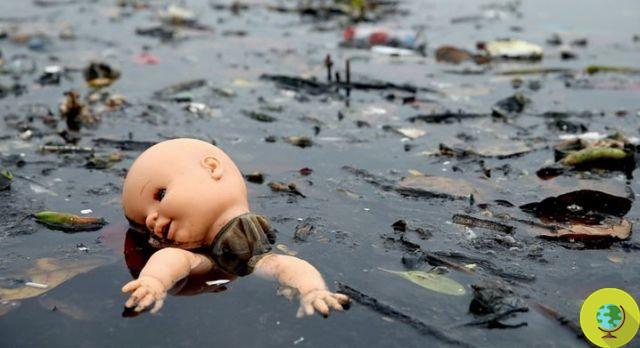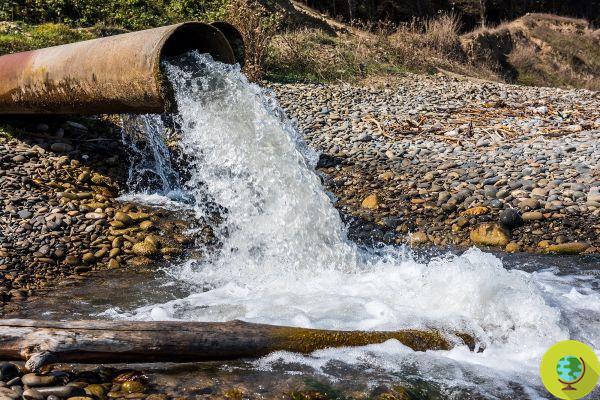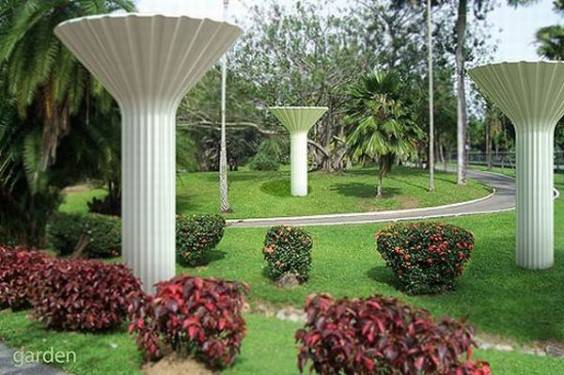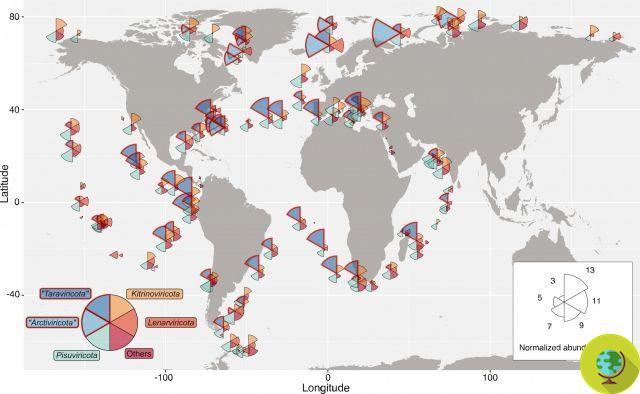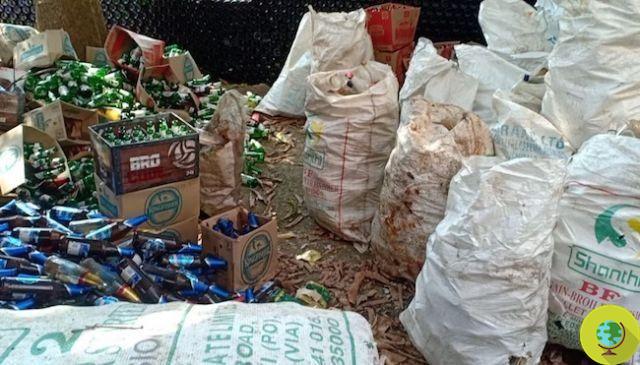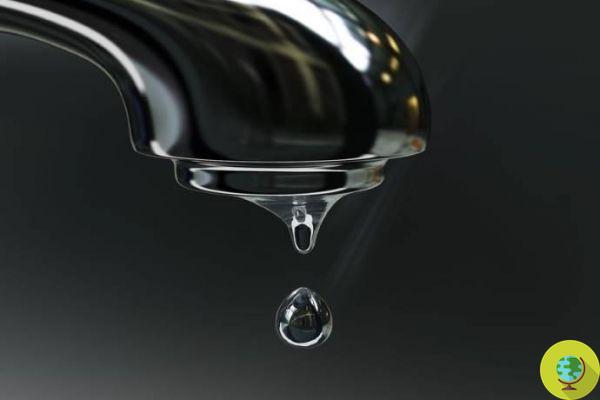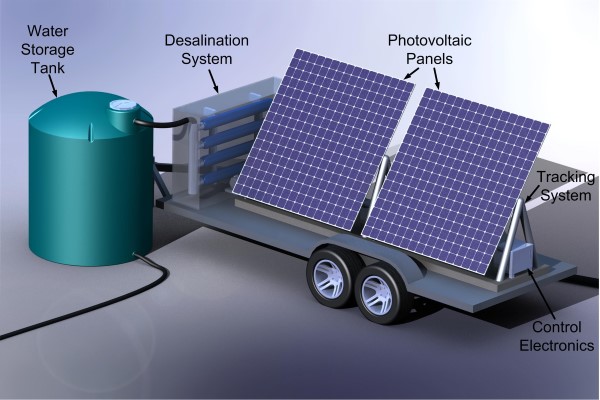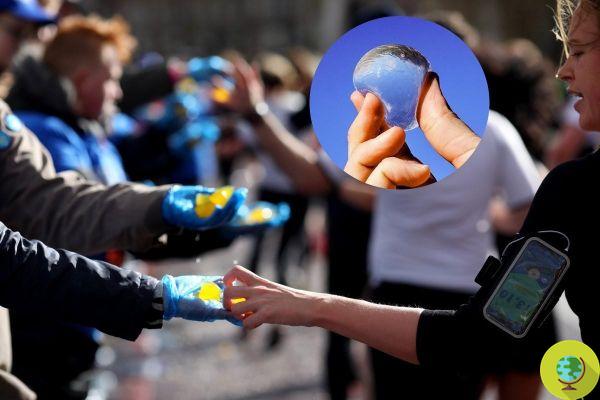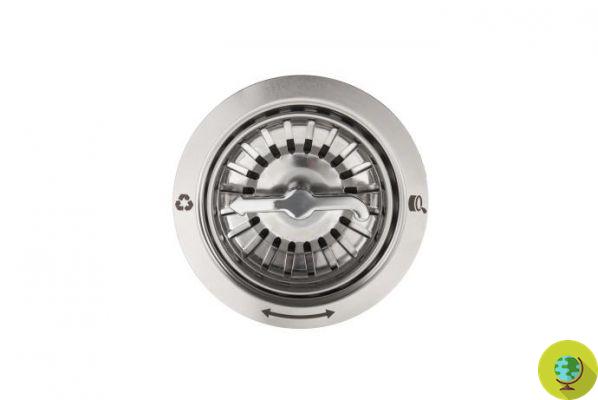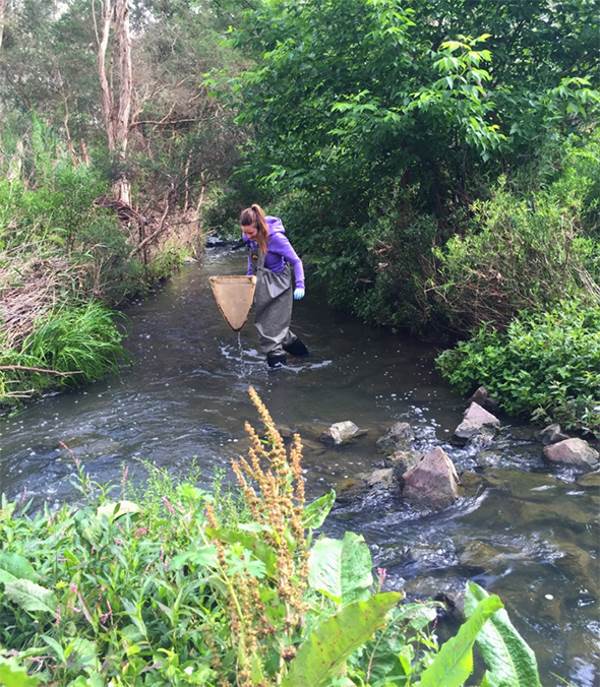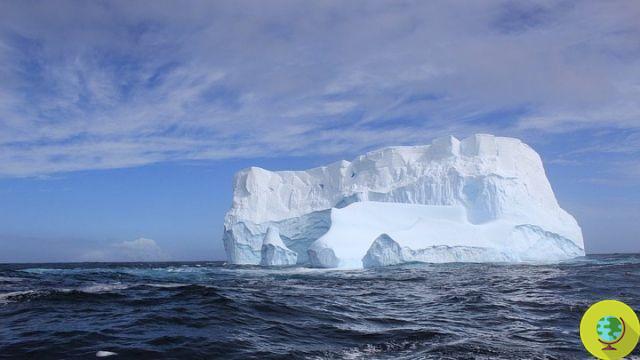
If, in the near future, we were to find ourselves on holiday in the Canaries and we saw, in the middle of the sub-tropical zone, an iceberg half immersed in the Atlantic Ocean, the last thing we need to think about will be a sensational and sudden climate change.
He is about to end up run over, his mother saves him
If, in the near future, should we be on vacation in the Canaries and saw, in the middle of the sub-tropical zone, a iceberg half immersed in the Atlantic Ocean, the last thing we need to think about will be a sensational how sudden climate change.
Rather, it will be about thepractical execution of a curious project to satisfy the needs of drinking water for tens of thousands of people.
And yes, because according to two French engineers, George Mougin (of the Institut Arts et Métiers in Paris) e Francois Mauviel, with the transport of gigantic blocks of ice from the far north of the world to the Canary Islands, a effective water supply in one of the driest areas in the world.
The "starting point" of the project takes us back to an objective fact: the "frozen mountains" of Greenland are located in constant movement: they detach from the Antarctic continent and begin a phase of drift. Practically: million cubic meters which, potentially, constitute real sources of water supply and which, on the other hand, end up melting in contact with sea water and with the progressive increase in temperatures.
Not that it's an easy thing to do, quite the contrary. Mougin and Mauviel have worked there since more than thirty years. To be precise, since 1975, and immediately before the international conference on exploitation of icebergs which was held in 1977 in the USA. At that time there was an attempt, funded by the Saudi prince Mohammed Al-Faisal Al-Saud, which involved towing icebergs from the Arctic to the southern regions of the world. However, due to the technologies present at the time, and the enormous costs that would have been incurred to build state-of-the-art infrastructures, the project was shelved.
But not put aside entirely: try it again current stage. It was, in fact, identified the block of ice that could serve the purpose: an iceberg, currently located off the coast of Newfoundland, with almost vertical sides and a flat surface, which has a mass of 7 million tons and that from the surveys carried out by the submarine robots of the Canadian Institute Memorial University it goes 90 meters below sea level.
At this point, all that remains is to find the suitable means of transport for the transfer of the iceberg to its destination, from Newfoundland to the Canary Islands. Et voilà, also found this: the gigantic tugboat Argonaute, of the French Navy, a 70-meter “beast” already used for rescue and refueling operations.
To prevent the iceberg from melting on the way, the undersea part will be wrapped with a particular cloth, in the same way as we operate in the Alps. To facilitate the work of the tugboat, it has been calculated that the sea currents and Skysail, the "kites" that exploit the force of the wind at an altitude of 300 meters can serve as a valid support for the Argonaute.
According to the researchers, about 4 thousand tons of fuel, and the iceberg would lose around three million tons. Even so, however, it would serve to meet annual drinking water needs for 70 thousand people.
All that is missing is the fund raising, since a first computer simulation was successfully conducted. And, one day, we could witness the spectacle of the iceberg leaving the Arctic continent to move to a more hospitable south.
Piergiorgio Pescarolo






